On the morning of April 11, 2025, the College of Chemistry held the 2025 First “Frontier Interdisciplinary Forum in Chemistry”. The forum invited Yong Cui (Shanghai Jiao Tong University), Yu Tang (Lanzhou University), and Weixue Li (University of Science and Technology of China) to jointly discuss the critical role of chemistry in exploring international frontiers, meeting major national needs, and driving economic development, while sharing valuable experience and insights in cutting-edge fields such as chiral porous crystalline materials, rare earth complex functional materials, and theoretical/computational catalysis. Hosted by Min Wei, the three professors delivered engaging academic reports to over 200 faculty and students at the Academic Lecture Hall of the East High-End Building.
Yong Cui (Shanghai Jiao Tong University) presented a talk titled "Chiral Aggregation and Crystallization," detailing strategies for chiral aggregation and crystallization, and discussing methods for preparing chiral porous framework materials and achieving single-crystal growth and structure determination. Starting from the perspectives of chiral science in human health, quality of life, and the origin of life, Prof. Cui highlighted that asymmetric catalysis and chiral separation are pivotal for synthesizing single-enantiomer materials. He focused on assembly methods for chiral porous assemblies (supramolecular, coordination, covalent, and hybrid assembly) and their applications in environmental science, materials, catalysis, and other domains. He also elaborated on the historical development and significance of precise single-crystal structure analysis. Finally, Prof. Cui introduced his work on in-situ confined growth of metal halides within MOF frameworks and their applications in chiral conversion and chiral photofunctional regulation. During the Q&A session, young faculty and graduate students actively engaged in discussions on material stability, characterization techniques, and other topics. Prof. Cui patiently provided detailed responses based on his profound academic expertise and extensive research experience.
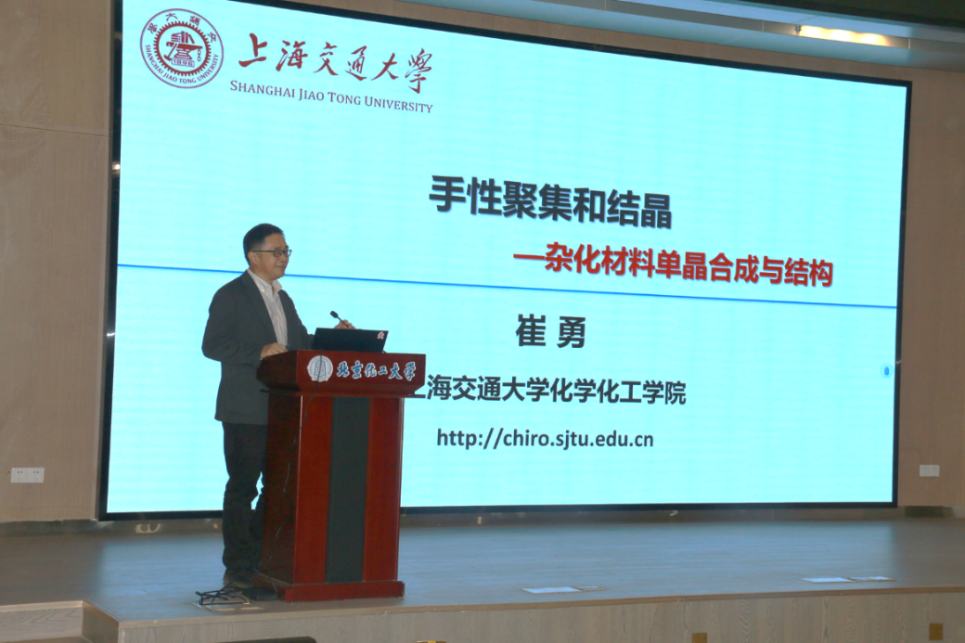
Report the scene
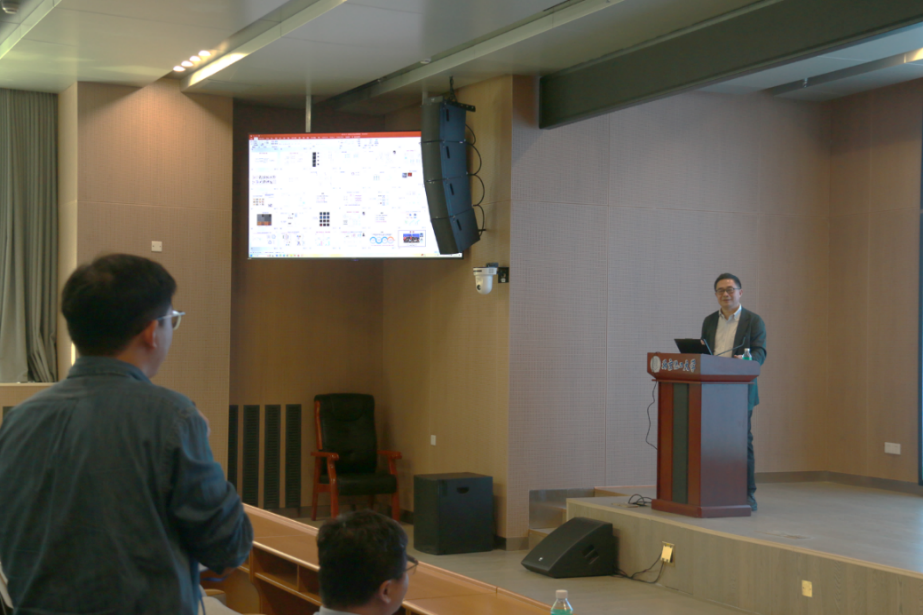
Interactive Discussion
Yu Tang (Lanzhou University) delivered a report entitled "Research on Functional Materials of Rare Earth Complexes". Professor Tang outlined the reserves, distribution, and development status of rare earth resources in China, with a focus on analyzing the unique 4f electron shell structure of rare earth elements, their rich energy level transition characteristics, and spectral splitting advantages. On this basis, the luminescence mechanisms of rare earth ions based on f-f transitions and d-f transitions were discussed. Professor Tang then detailed the research progress of his team in precisely regulating the luminescent properties of rare earth complexes at the molecular level, emphasizing the establishment of controllable preparation methods and directional regulation systems for rare earth complex materials through strategies such as interface effects, in-situ coordination, and energy transfer. These have been successfully applied to innovative research in intelligent luminescent systems (multilevel optical coding materials, targeted diagnostic probes) and photofunctional conversion systems (perovskite optoelectronic devices, high-efficiency photothermal nanosystems). Finally, Professor Tang introduced his team’s work on promoting the pilot application of rare earth complex materials. During the interactive session, the atmosphere was lively, with faculty and students actively asking questions and participating in discussions. Professor Tang provided detailed answers to questions regarding the formation mechanism of rare earth element complexes, their applications in the photothermal field, and stability issues.
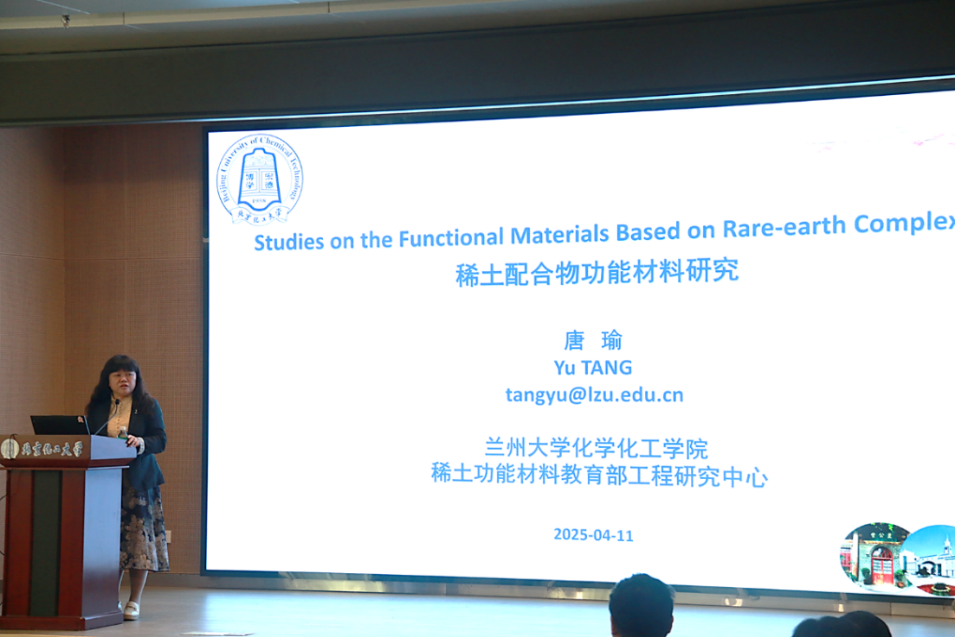
Report the scene

Interactive Discussion
Weixue Li (University of Science and Technology of China) delivered an excellent report entitled "AI-Driven Theory of Metal Catalyst Stability". Professor Li first proposed that the interactions between catalysts and molecules, as well as between catalysts and supports, are the two most critical physical quantities in heterogeneous catalysis, determining the activity, selectivity, and stability of the catalytic system. He then detailed his team’s work on descriptors for metal-support interactions, establishing concise and physically intuitive descriptors based on physics-inspired interpretable multi-task learning symbolic regression and self-consistent theoretical calculations or experimental datasets. Focusing further on the strong metal-support interaction (MSI), Professor Li introduced how his team used interpretable AI techniques to construct 30 billion candidate mathematical expressions, from which they developed a physically clear MSI control equation that accurately describes multiple types of interfacial systems. They also proposed a criterion for strong metal-metal interactions, successfully explaining all experimental phenomena of oxide-supported coated metal catalysts to date. After the report, faculty and students engaged in in-depth discussions with Professor Li. Regarding questions on the regulation of MSI sites in experimental work and the mechanism of MSI effects on materials such as carbides and nitrides, Professor Li patiently and meticulously provided answers based on his years of theoretical research and experience collaborating with experimental studies.

Report the scene
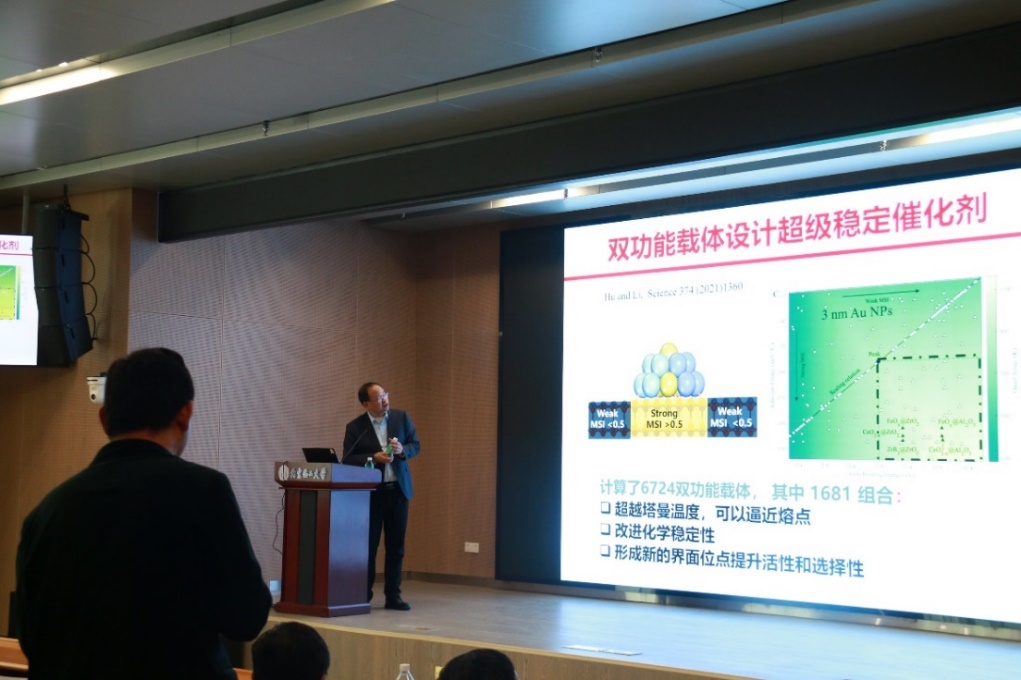
Interactive Discussion
The three professors' reports were systematic, in-depth, and rich in content with clear concepts, delivered in a profound yet accessible and lively manner. Students unanimously stated that they gained significant insights and inspiration. This was a rich academic feast that will further inspire students to elevate their intellectual horizons and innovative spirit, strive to achieve greatness, and courageously scale the heights of science.
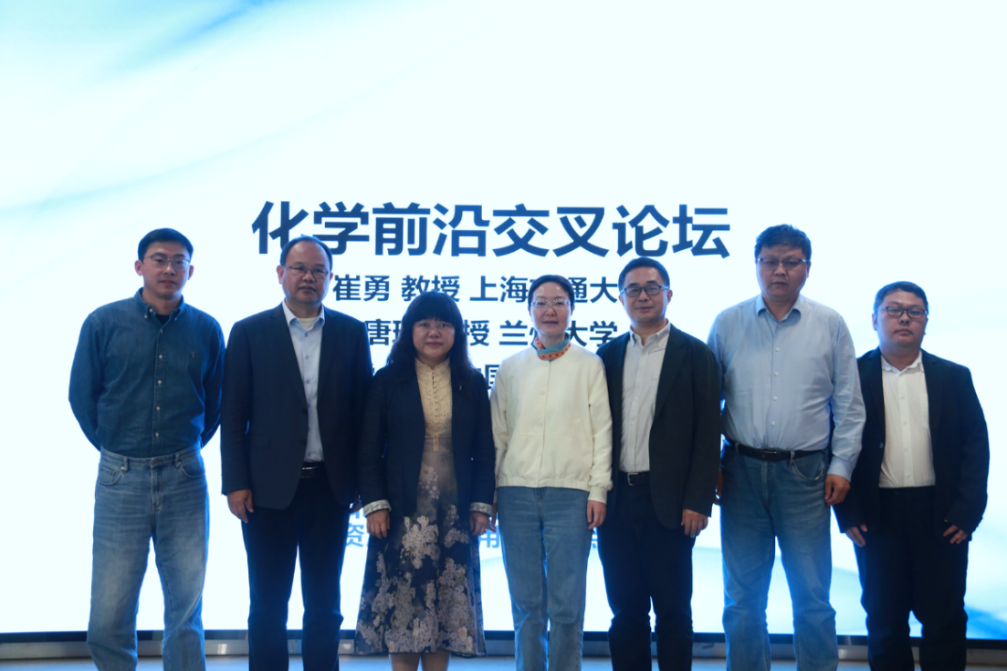
Post-meeting photos
Biographies of Presenters:
Yong Cui
Chair Professor and PhD Supervisor at Shanghai Jiao Tong University (SJTU), Fellow of the Royal Society of Chemistry (FRSC), Scientific Editor of Materials Horizons, and editorial board member of multiple international journals. His research focuses on the design and synthesis of chiral porous materials, with an emphasis on their applications in asymmetric catalysis, chiral separation, and optoelectronics. He obtained his PhD from the Fujian Institute of Research on the Structure of Matter, Chinese Academy of Sciences (CAS) in 1999, and conducted postdoctoral research at the University of Science and Technology of China (USTC), the University of North Carolina, and the University of Chicago from 1999 to 2005. He joined SJTU as a professor and PhD supervisor in 2005, was appointed as a Distinguished Professor in 2011, and has served as a Chair Professor since July 2019. He was named a Shanghai Shuguang Scholar in 2006, received the National Science Fund for Distinguished Young Scholars in 2010, and was awarded the Changjiang Scholar in 2012. In 2017, he won the First Prize of the Shanghai Natural Science Award (First Author), and in 2020, the Second Prize of the National Natural Science Award (First Author). In 2020, he received SJTU’s highest honor, the "Teaching and Educating Award."
Yu Tang
Level-2 Cuiying Distinguished Professor and PhD Supervisor at Lanzhou University, Changjiang Scholar Distinguished Professor of the Ministry of Education, Principal Investigator of the Innovation Research Group on Rare Earth Functional Materials (NSFC), Fellow of the Royal Society of Chemistry (FRSC), Fellow of the Chinese Chemical Society (FCCS), and recipient of the Special Government Allowance of the State Council. She serves as a member of the 8th Discipline Appraisal Group for Chemistry of the State Council Academic Degrees Committee, Deputy Secretary-General of the Chinese Chemical Society, and member of the Inorganic Chemistry Discipline Committee, Science Popularization Committee, and Committee for Women Chemists of the Chinese Chemical Society. She has led NSFC Innovation Research Group projects, key projects, general projects, and the 111 Talent Introduction Base project. She has published over 200 papers in journals such as Accounts of Chemical Research, National Science Review, Angewandte Chemie International Edition, and Journal of the American Chemical Society. Her awards include the National March 8th Red Banner Holder (2024), First Prize of Gansu Provincial Natural Science Award, the First "Lihua Yi" Chemistry Innovation Award of the Chinese Chemical Society, Outstanding Graduate Supervisor in Gansu Province, Teaching Master Award in Gansu Higher Education, Huo Yingdong Young Teacher Award, Baogang Excellent Teacher Award, Top Ten Mentorship Teams at Lanzhou University, and "My Favorite Top Ten Teachers" at Lanzhou University.
Weixue Li
Chair Professor at the University of Science and Technology of China (USTC), Fellow of the Chinese Chemical Society (FCCS), and National Distinguished Young Scholar. He graduated with a bachelor’s degree in theoretical physics from Wuhan University in 1992 and a PhD from the Institute of Mechanics, CAS, in 1998. He conducted postdoctoral research at the Fritz Haber Institute (Germany) and Aarhus University (Denmark) from 1999 to 2004, worked at the Dalian Institute of Chemical Physics, CAS, from 2004 to 2015, and has been at USTC since 2015. His research focuses on theoretical and computational catalysis, with over 170 publications in journals including Science (3 papers), Nature Catalysis (2 papers), and Nature Nanotechnology. He is recognized as an Elsevier "Highly Cited Chinese Scholar." His honors include the National Science Fund for Distinguished Young Scholars (2012), Chinese Catalysis Young Award (2014), National High-Level Innovation Leading Talent (2016), and USTC’s Distinguished Research President’s Award (2021, 2024). He currently leads the NSFC Innovation Research Group project "Design Fundamentals of Catalyst Activity and Stability" and serves as an Associate Editor of the American Chemical Society journal ACS Catalysis.
